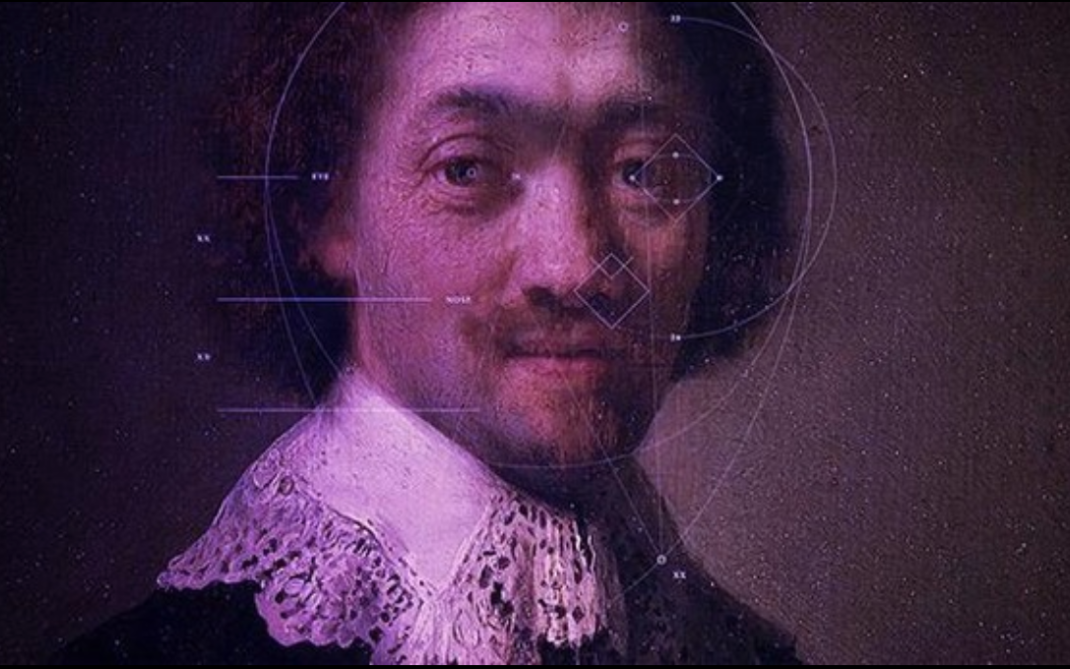The human being has developed a creative potential over the past 70,000 years as a result of evolution and adaptation to the environment around us. The period between about 70,000 and 30,000 years ago saw the birth of the first boats, bows and arrows, oil lamps, but also the first objects considered as art and jewelry. 20,000 years ago we were already painting and creating graphic representations on cave walls and ceilings.
Our ability to "think about the future" and imagine tasks and solutions that have not happened, but could happen, is what sets us apart from chimpanzees, our closest hominid relatives. Anticipating the future is the most defining characteristic when defining our Homo species... so far.
When we talk about Artificial Intelligence (AI) we enter a field that, despite being in a constant state of development, has made very significant advances in various and different fields of application in recent years. We can understand AI as the ability to learn, think, understand and create intelligence artificially, outside its natural element, the brain. Creating intelligence beyond our brain allows us to expand, increase and exponentially multiply the search for alternatives, decisions, solutions, deductions and future predictions.
Attending to our requests through our voice, predicting environmental catastrophes before they occur (earthquakes, volcanic eruptions), anticipating stock market movements, making financial investments, preparing business reports, recognizing patterns of violent behavior in public spaces through facial recognition, driving cars autonomously, issuing clinical diagnoses, or regulating traffic according to pollution, are just some of the applications of this technology in our daily lives.
All of this is achieved through the creation of algorithms and software that are trained through supervised learning, unsupervised learning, or reinforcement learning. In the first, the system is fed with an input element, an output element, and the rule that transforms the input into the output. In this way, AI learns to understand the causes that produce a certain effect through many provided examples.
For example, if we tell the system to input "1", output "2", and the rule is to add one unit, if we now provide the system with a "7", the AI will offer us an "8" as output by adding one unit to the input according to the rule. It is a very basic example that allows us to understand how supervised learning works.
In unsupervised learning, we achieve knowledge production by only providing input data without having to explain to the system what result we want to obtain. There is no prior knowledge. And how is this possible? The result is produced as a prediction or identification of some type of organization or structure based on the provided input data. It is about identifying patterns and correlations to offer a solution. This is undoubtedly a very promising path in the field of AI.
Reinforcement learning could be said to be a combination of the previous two, the aim of which is to improve the model's response using a feedback process.
So, can a computer or a robot using artificial intelligence compose music, paint a painting, or write a novel? There are many examples of how AI has been used in musical composition. In 2001, artificial neural networks were used to learn and improvise jazz music, and through the EMI project, led by David Cope, compositions have been created that imitate the style of composers such as Bach, Mozart, or Vivaldi based on pattern recognition.
The project The Next Rembrandt is one of the most emblematic examples of computational creativity, carried out between 2015 and 2016 commissioned by ING and with the support of Microsoft. An AI system was trained using multiple variables from Rembrandt's paintings, and after the learning phase, the system created its own "Rembrandt" using a 3D printer, being awarded at the Cannes International Festival of Creativity, Lions.
Another example can be found in "Vincent", a system developed by Cambridge Consultants in which any artistic sketch made by us can be transformed into a "Van Gogh", "Cézanne", or "Picasso" by applying the characteristic pictorial style of each of them.
In 2017, we saw how AI systems created new styles of Art, and in 2018 we witnessed the auction house Christie's in New York selling a painting titled "Edmond de Belamy, from La Famille de Belamy" entirely painted by an AI system for a value of $432,500!
